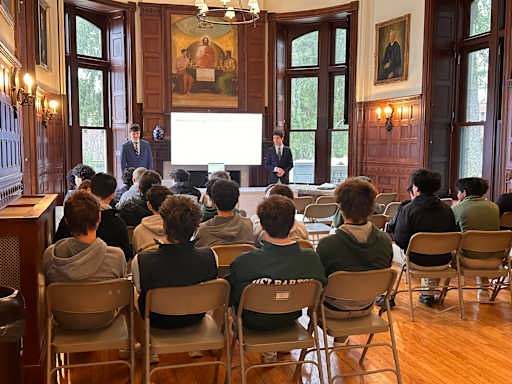The Opioid Crisis

May 3, 2022
The opioid crisis was officially declared as a public health emergency in 2017. According to the CDC, almost 500,000 people have died from an opioid overdose since 1999. Opioids are drugs that relieve pain, including morphine, heroin, and fentanyl.
This crisis comes in three major waves. It started in the late 1990s when pharmaceutical companies began to prescribe opioids (used as painkillers) at a higher rate under the belief that they were not addictive. They were wrong, however, and people began to misuse prescription opioids like methadone.
The second wave was in 2010 when the number of heroin users spiked. Heroin, which is made from morphine, is a highly addictive opiate that is illegal. According to the Department of Health and Human Services, over 745,000 people have used heroin in the past year, with 14,480 deaths from overdoses in 2019.
The third stage was in 2013, with an increase in the illegal manufacturing of fentanyl. Pharmaceutical fentanyl is used as a strong painkiller, but illicitly made fentanyl has recently been mixed with other strong drugs like heroin and cocaine, often without the user knowing. It has also been made into counterfeit pills. Fentanyl is 100 times stronger than morphine and 50 times stronger than heroin. Dealers sometime lace other drugs with fentanyl to make them more addictive, increasing its fatality. According to the CDC, from January 31, 2020 to January 31, 2021, the number of opioid overdose deaths rose by 38.1%.
On April 21, 2022, President Biden released his National Drug Control Strategy to Congress. His plan is to make treatment for overdoses more accessible. Specifically, he hopes to get rid of barriers on naloxone, clean needles, and fentanyl test strips in communities. Naloxone is a drug that counteracts opioid overdoses. Diseases are often transferred by reusing unclean needles, and fentanyl strips can be used to identify if the drug has been mixed into the substance the user is about to ingest. The plan is also trying to improve treatment delivery towards those most likely to overdose. Furthermore, the President has requested $300 million for Customs and Border Protection and another $300 million for the Drug Enforcement Administration to target the financial aspect of drug trafficking. Additionally, it aims to connect law enforcement in order to attack transport routes. The question is: how much of a difference can we truly make?































